Home>Renovation & DIY>Tools & Equipment>How To Break A Lock With A Screwdriver And Hammer
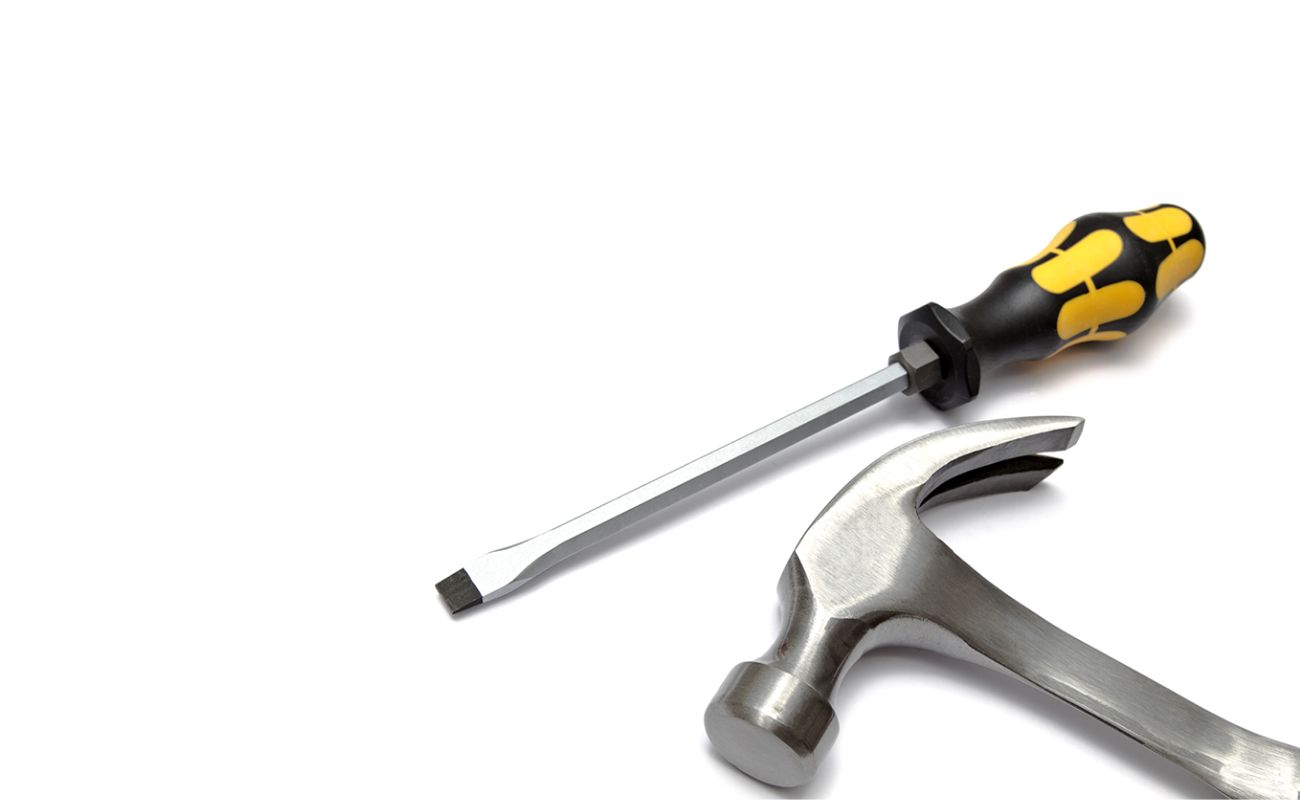

Tools & Equipment
How To Break A Lock With A Screwdriver And Hammer
Published: December 19, 2023
Learn how to break a lock using a screwdriver and hammer. Discover the tools and equipment needed for this effective method.
(Many of the links in this article redirect to a specific reviewed product. Your purchase of these products through affiliate links helps to generate commission for Storables.com, at no extra cost. Learn more)
Introduction
Have you ever found yourself locked out of a room or a storage unit with no key in sight? Perhaps you misplaced the key, or the lock is jammed, leaving you with limited options for access. In such scenarios, knowing how to break a lock using common tools like a screwdriver and a hammer can be a valuable skill. While it's important to approach this knowledge with a sense of responsibility and legality, understanding the basic techniques can help you gain access to a locked space in an emergency.
In this guide, we'll explore the step-by-step process of breaking a lock with a screwdriver and a hammer. Before we delve into the details, it's crucial to emphasize that this knowledge should only be used in situations where you have legal ownership or authorization to access the locked area. Additionally, it's essential to consider the potential consequences and seek professional assistance whenever possible.
Now, let's gather the necessary materials and walk through the process of using a screwdriver and a hammer to break a lock safely and effectively.
Key Takeaways:
- Breaking a lock with a screwdriver and hammer requires the right tools, controlled force, and legal authorization. Safety gear and ethical responsibility are crucial for this skill.
- Testing the lock after breaking it is essential to confirm access and minimize damage. Respect property rights and seek professional help when legality is in question.
Read more: How To Break A Door Lock With A Screwdriver
Materials Needed
Before attempting to break a lock with a screwdriver and a hammer, it’s important to gather the necessary materials. Here’s what you’ll need:
- Screwdriver: Select a sturdy screwdriver with a flat head that fits securely into the keyhole of the lock. The screwdriver should have a strong handle for optimal grip and leverage.
- Hammer: Choose a hammer with a solid metal head and a comfortable grip. The weight of the hammer should be suitable for the task at hand, providing enough force to break the lock without causing damage to the surrounding area.
- Safety Gear: It’s essential to prioritize safety when working with tools. Wear protective gloves and safety goggles to shield your hands and eyes from any potential debris or metal fragments that may result from breaking the lock.
- Legal Authorization: While not a physical material, it’s crucial to stress the importance of having legal authorization to break a lock. Ensure that you have the legal right to access the locked area before proceeding with the process.
By gathering these materials and emphasizing the importance of legal authorization, you can approach the task of breaking a lock with a sense of preparedness and responsibility.
Step 1: Choose the Right Screwdriver and Hammer
Before initiating the process of breaking a lock with a screwdriver and a hammer, it’s essential to select the appropriate tools for the task. Choosing the right screwdriver and hammer can significantly impact the effectiveness and safety of the process.
Screwdriver Selection: Opt for a screwdriver with a flat head that matches the width of the keyhole in the lock. The flat head should fit securely into the keyhole, allowing for maximum contact and leverage when applying force. Additionally, ensure that the screwdriver has a sturdy handle that provides a comfortable and secure grip. This will enable you to exert the necessary force without compromising control or risking slippage.
Hammer Choice: When selecting a hammer for breaking a lock, consider the weight and construction of the tool. A solid metal-headed hammer with a balanced weight is ideal for this task. The weight should be sufficient to deliver forceful blows to the screwdriver without causing damage to the surrounding area. Additionally, prioritize a hammer with a comfortable grip to maintain control and accuracy during the process.
By carefully choosing the right screwdriver and hammer, you can set the stage for a safe and effective approach to breaking the lock. These tools will serve as the primary instruments for applying controlled force and leverage to achieve the desired outcome.
Step 2: Insert the Screwdriver into the Keyhole
With the appropriate screwdriver and hammer at hand, the next step is to insert the screwdriver into the keyhole of the lock. This action sets the foundation for applying force and leverage to initiate the process of breaking the lock.
Positioning the Screwdriver: Hold the screwdriver with a firm grip, ensuring that the flat head is aligned with the keyhole. Gently insert the screwdriver into the keyhole, applying steady pressure to ensure a snug fit. The goal is to position the screwdriver securely within the keyhole, allowing for optimal contact and leverage during the subsequent steps.
Depth and Alignment: Pay attention to the depth and alignment of the screwdriver within the keyhole. The screwdriver should be inserted to a sufficient depth to engage with the internal components of the lock. Additionally, ensure that the screwdriver is aligned parallel to the internal mechanism, maximizing the surface area of contact for effective force application.
By carefully and precisely inserting the screwdriver into the keyhole, you establish a crucial connection point for the application of force in the following steps. This step sets the stage for leveraging the mechanical advantage of the screwdriver and hammer to break the lock.
When using a screwdriver and hammer to break a lock, make sure to aim for the weakest point of the lock, such as the shackle or the locking mechanism. Use controlled and precise strikes to avoid damaging the surrounding area.
Step 3: Use the Hammer to Break the Lock
With the screwdriver securely positioned within the keyhole, the next step involves using the hammer to apply controlled force and break the lock. This phase requires precision and attentiveness to ensure the safe and effective execution of the process.
Applying Force: Hold the hammer with a steady grip, positioning it behind the handle of the screwdriver. Apply controlled and deliberate force to the back of the screwdriver, directing the impact towards the internal mechanism of the lock. It’s crucial to maintain focus and accuracy while delivering the blows to the screwdriver, as excessive force or erratic movements may lead to unintended consequences.
Repetitive Strikes: Depending on the resilience of the lock, you may need to deliver multiple strikes with the hammer to effectively break the internal components. Pace the strikes evenly, allowing for the transfer of force to impact the locking mechanism. Monitor the progress and adjust the force and frequency of the strikes as needed to achieve the desired outcome.
Controlled Technique: Exercise caution and control throughout the process, ensuring that the force is directed towards the internal mechanism of the lock. Avoid excessive lateral movements that may cause damage to the surrounding area. By maintaining a focused and controlled technique, you can effectively harness the force of the hammer to break the lock while minimizing collateral damage.
By methodically using the hammer to apply force to the screwdriver, you can work towards breaking the internal components of the lock and gaining access to the locked area. This step requires patience, precision, and a keen understanding of the dynamics involved in breaking the lock.
Read more: How To Break Door Lock
Step 4: Test the Lock
After applying controlled force and leveraging the screwdriver and hammer to break the lock, it’s essential to assess the outcome and test the functionality of the lock. This step allows you to determine whether the lock has been successfully compromised and whether access to the locked area has been achieved.
Assessing the Lock: Carefully examine the lock to observe any visible signs of damage or displacement resulting from the application of force. Look for indications that the internal components have been compromised, such as misalignment or structural changes within the keyway. These visual cues can provide insights into the effectiveness of the breaking process.
Testing the Key: If a key is available, attempt to insert it into the lock and assess its functionality. Pay attention to any resistance or irregularities in the key’s movement within the lock. If the key fails to operate the lock as intended or encounters unexpected obstructions, it may indicate successful tampering with the internal mechanism.
Verifying Access: If the lock exhibits signs of compromise and the key fails to function as expected, cautiously attempt to open the lock using the handle or knob. Exercise patience and gentleness to avoid causing further damage or jamming the lock. If the lock readily opens without the use of the key, it indicates successful access to the previously locked area.
By thoroughly testing the lock and assessing its responsiveness to key insertion and manual operation, you can confirm the effectiveness of the lock-breaking process. This step serves as a critical validation of the achieved access and the condition of the lock following the breaking procedure.
Conclusion
Breaking a lock with a screwdriver and a hammer can be a practical solution in situations where access to a locked area is essential and legal authorization is in place. By following the step-by-step process outlined in this guide, individuals can approach the task with preparedness, precision, and a clear understanding of the tools and techniques involved.
It’s important to emphasize that the knowledge and skills related to lock breaking should be used responsibly and ethically, prioritizing legal compliance and respect for property rights. Seeking professional assistance whenever feasible is always advisable, especially in scenarios where the stakes are high or the legality of access is in question.
Understanding the nuances of selecting the right screwdriver and hammer, positioning the screwdriver within the keyhole, applying controlled force with the hammer, and testing the lock for access and functionality are key components of the process. These steps require careful attention to detail, a focus on safety, and a commitment to minimizing damage to the lock and its surroundings.
Ultimately, the ability to break a lock with common tools is a skill that should be approached with discretion and used judiciously. By respecting the laws and regulations governing property access and security, individuals can navigate lock-breaking scenarios with a sense of responsibility and ethical awareness.
As you consider the insights shared in this guide, remember that the primary goal is to promote safety, preparedness, and legal compliance in situations where lock breaking becomes a necessary course of action.
Frequently Asked Questions about How To Break A Lock With A Screwdriver And Hammer
Was this page helpful?
At Storables.com, we guarantee accurate and reliable information. Our content, validated by Expert Board Contributors, is crafted following stringent Editorial Policies. We're committed to providing you with well-researched, expert-backed insights for all your informational needs.
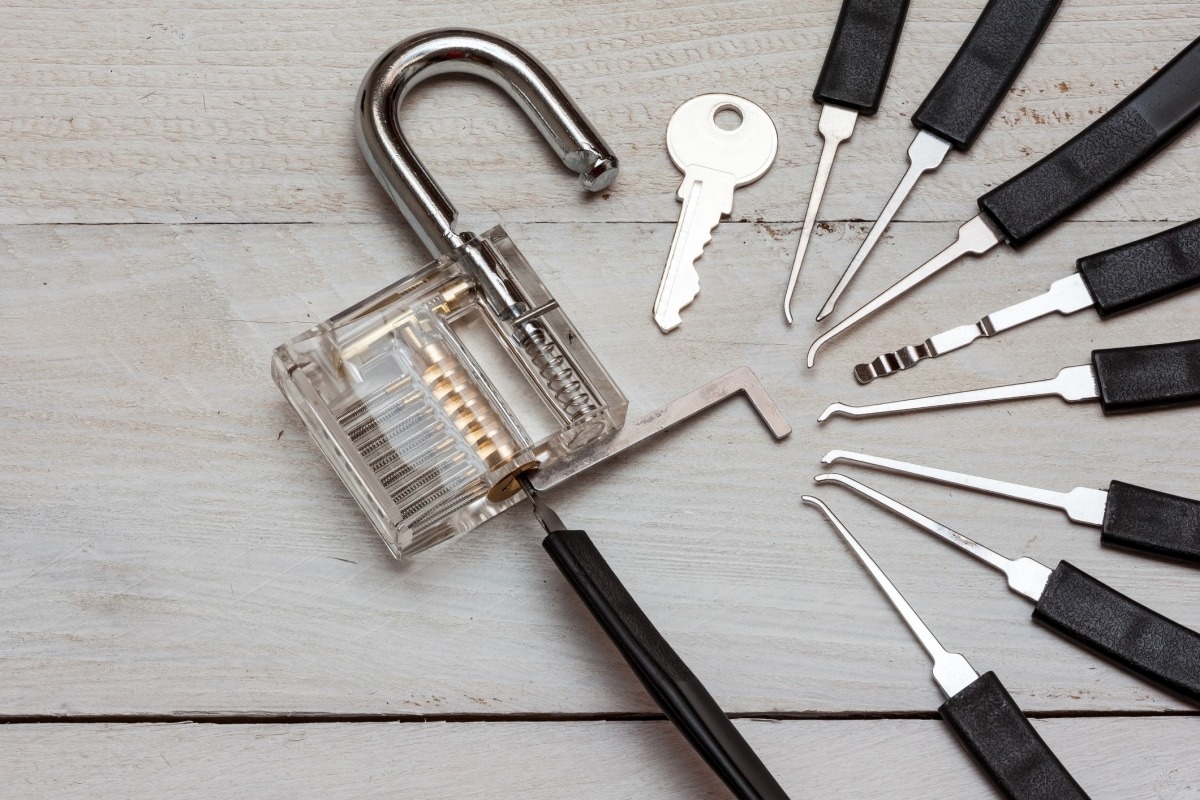
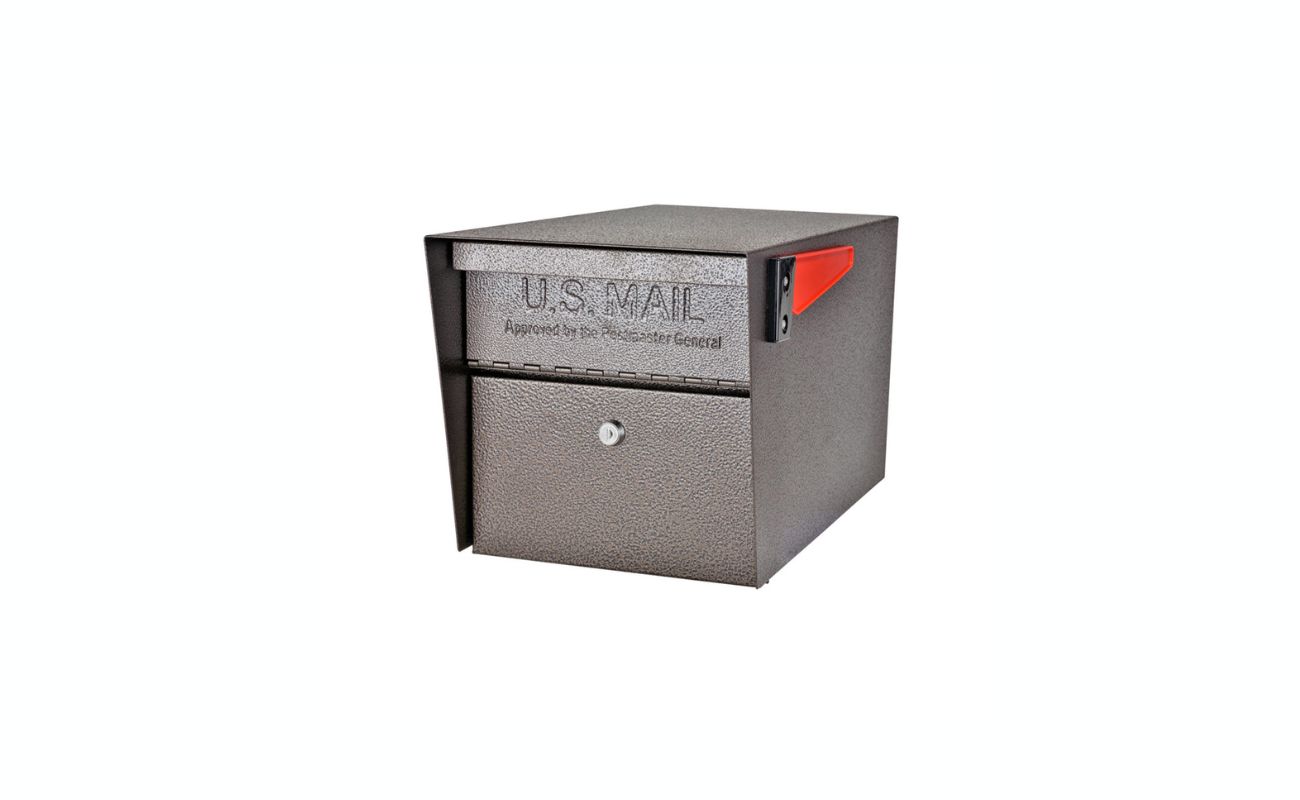

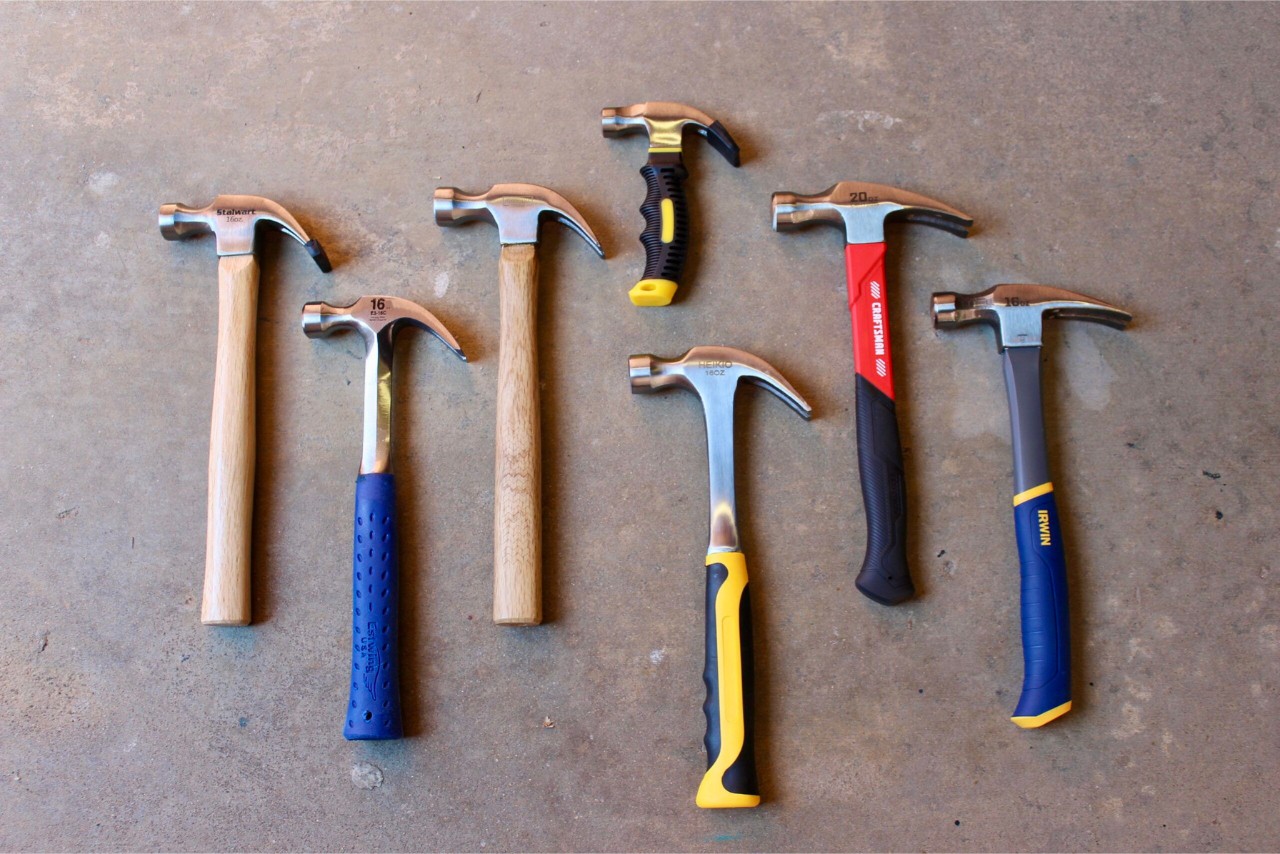
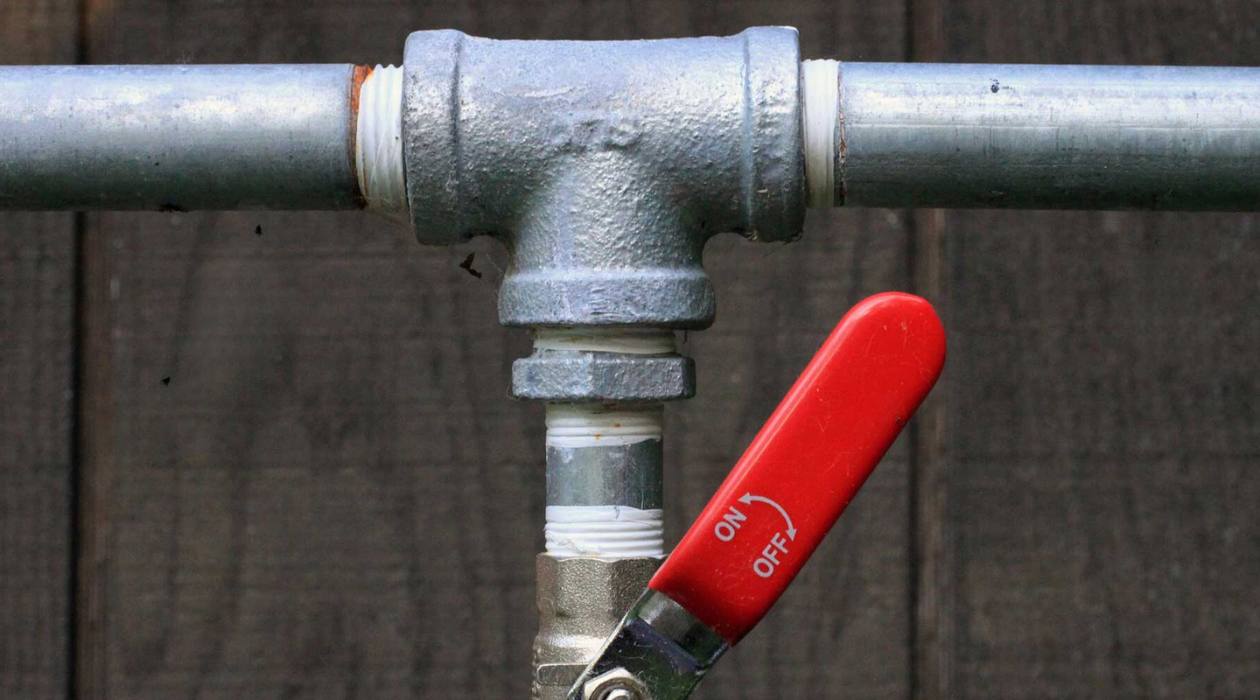

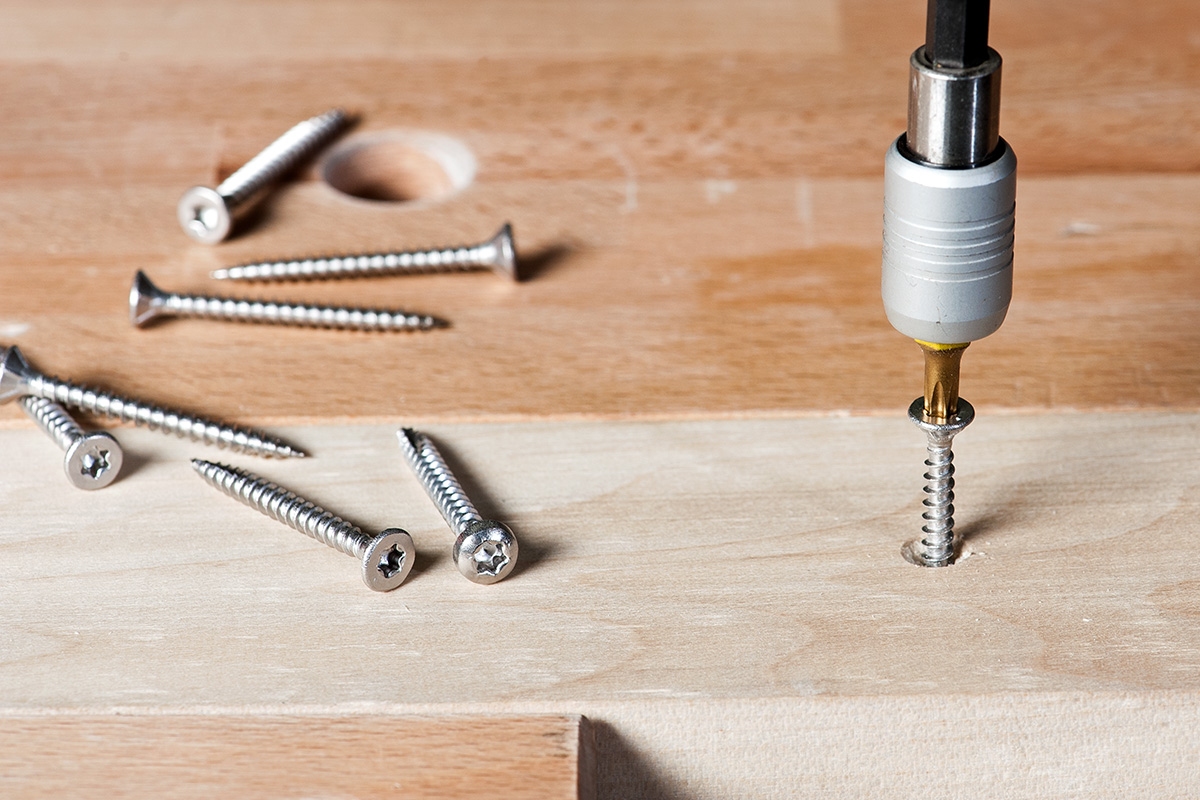
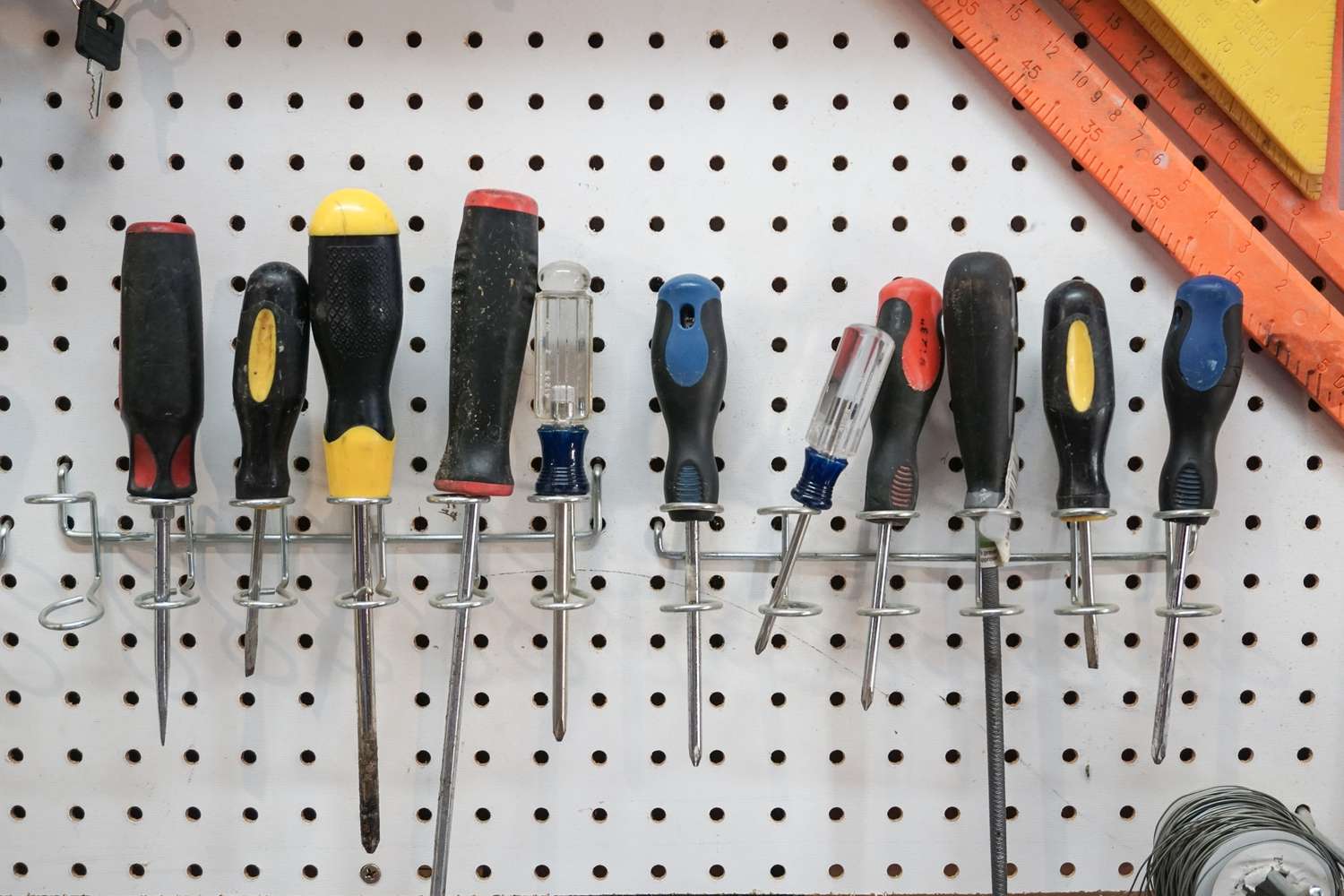


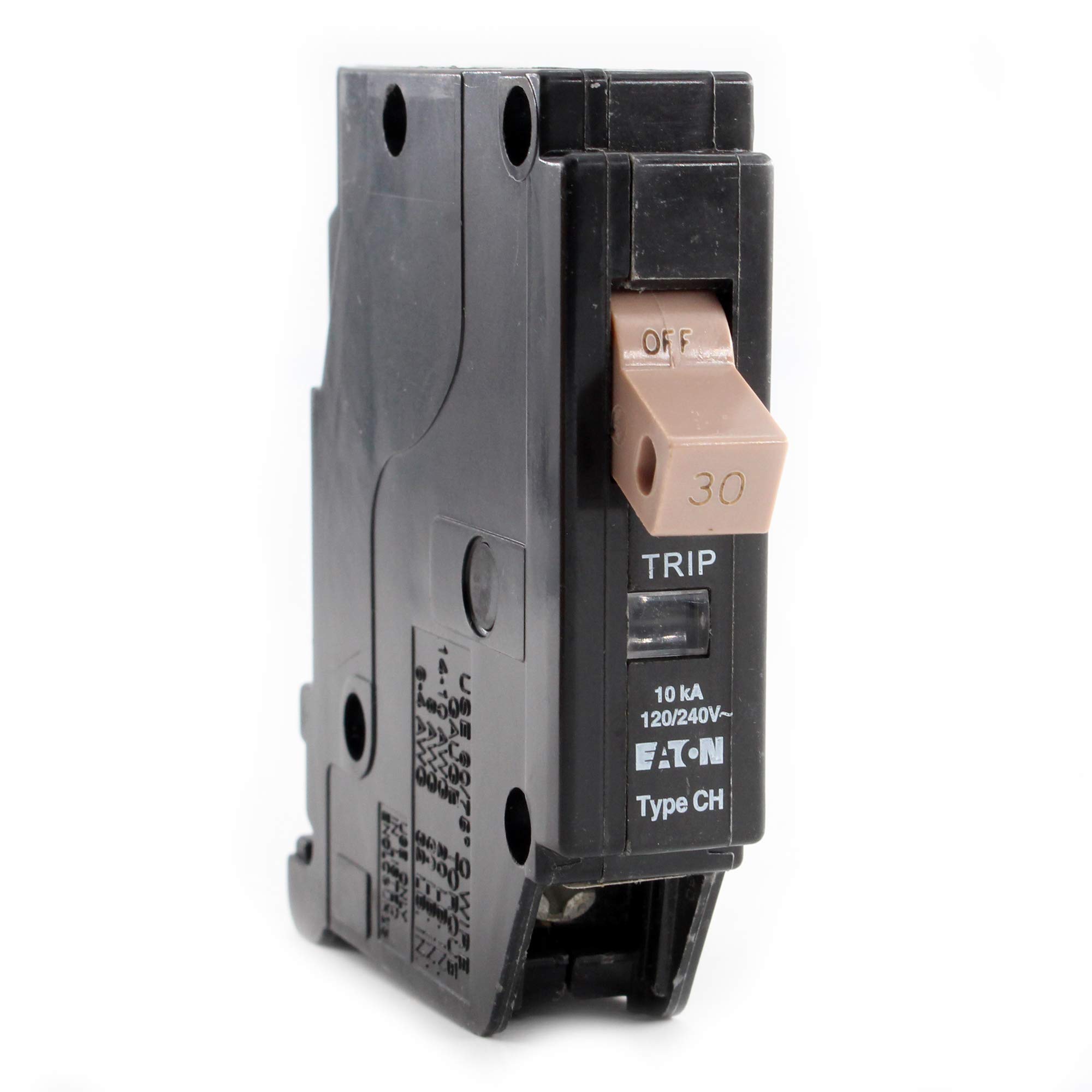


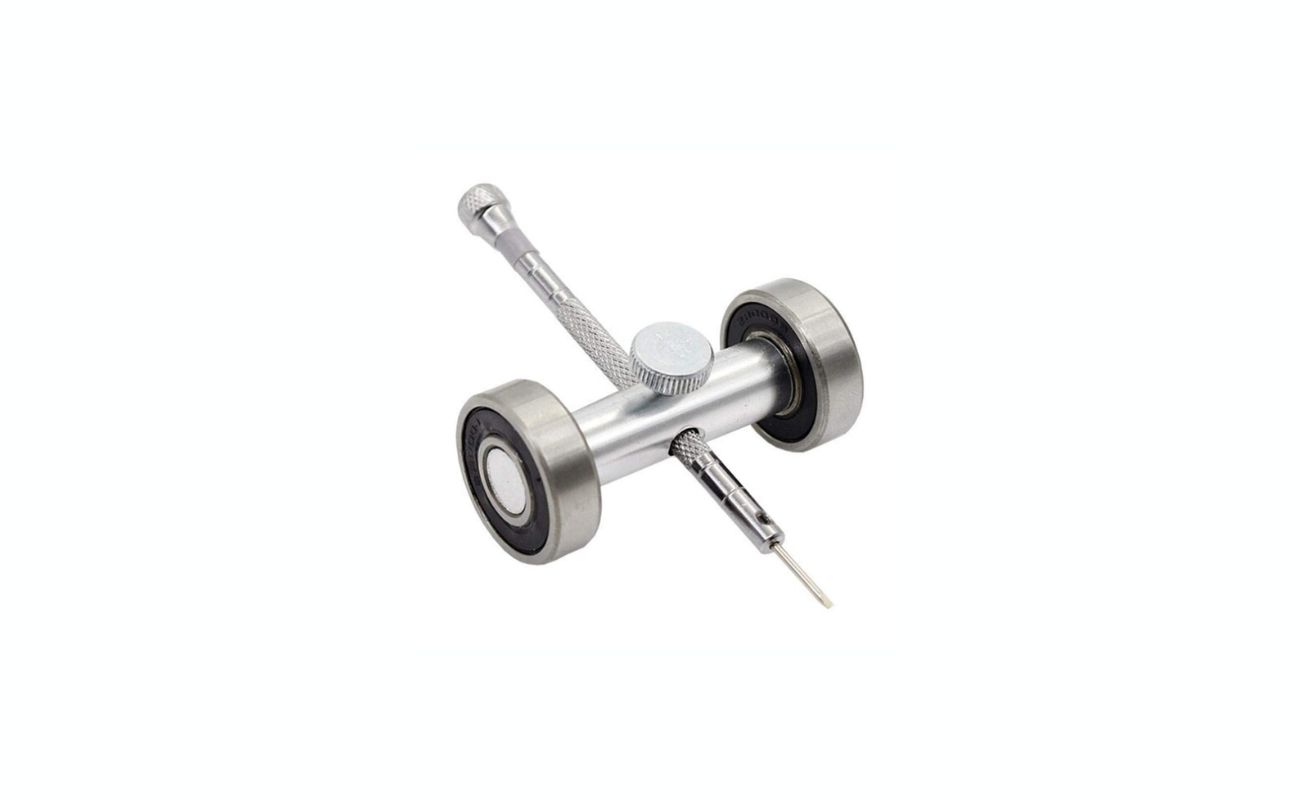

0 thoughts on “How To Break A Lock With A Screwdriver And Hammer”